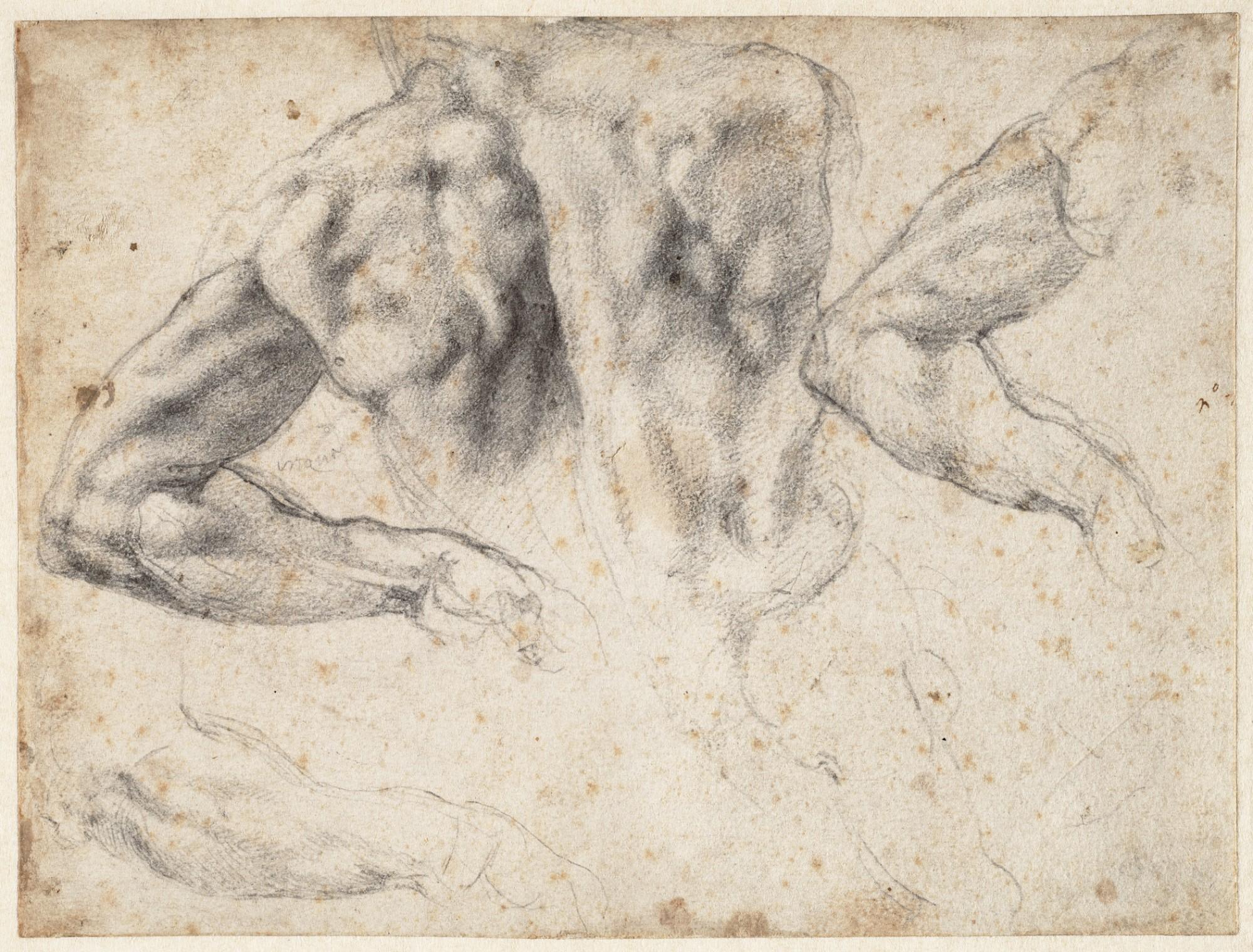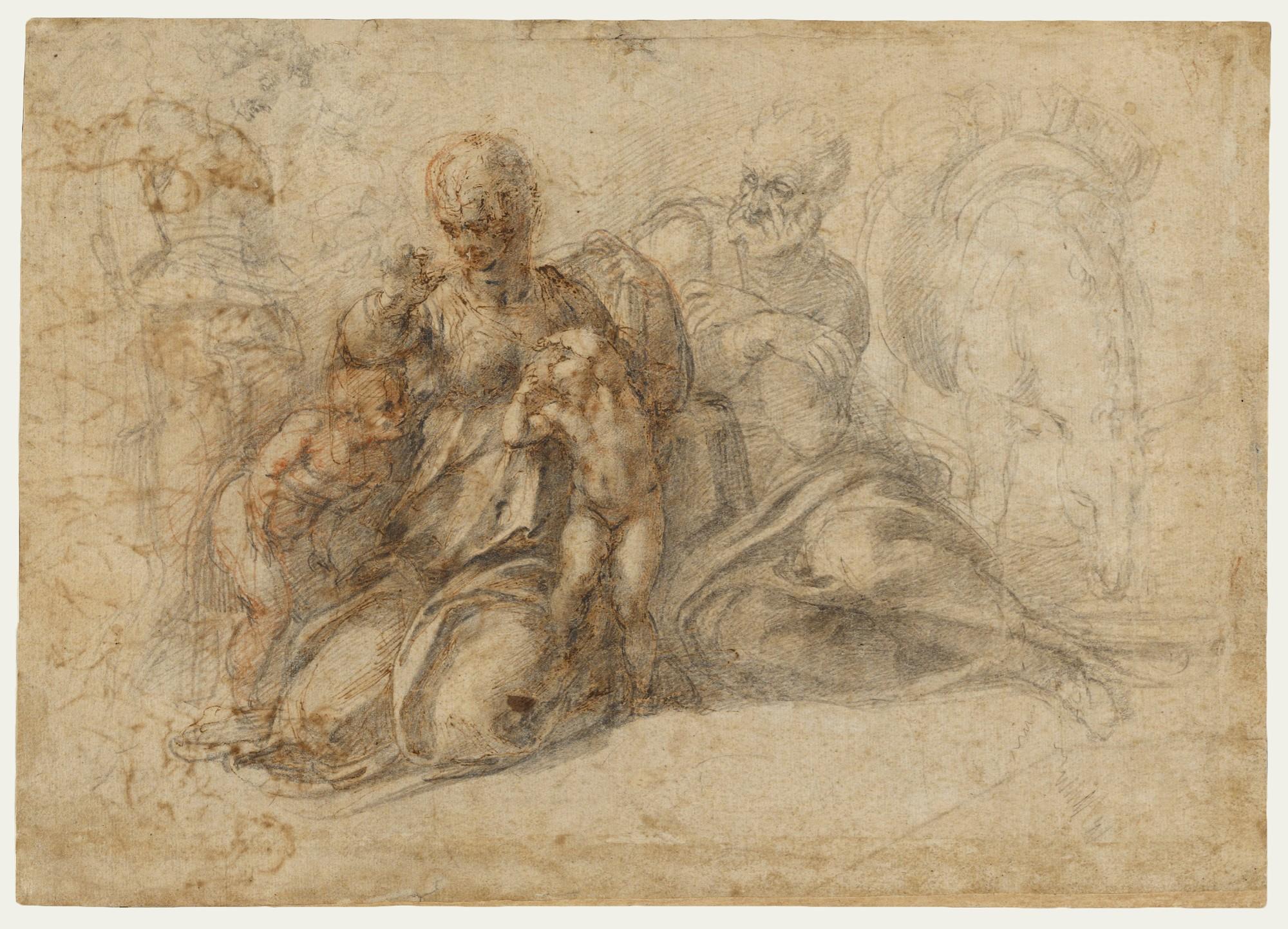Established in 1784, the Teylers Museum has had this collection of Michelangelo drawings since 1790. Many have never been shown outside Europe. This is the first time the drawings have left the Teylers Museum as a group in almost 15 years.
“Michelangelo is widely acknowledged as one of the most talented and influential artists in the history of Western art,” says William Griswold, Director of the Cleveland Museum of Art. “He was an exceptional draftsman, and the up-close study of Michelangelo’s drawings is an unparalleled experience, one that we are delighted to bring to visitors in Cleveland.”
































